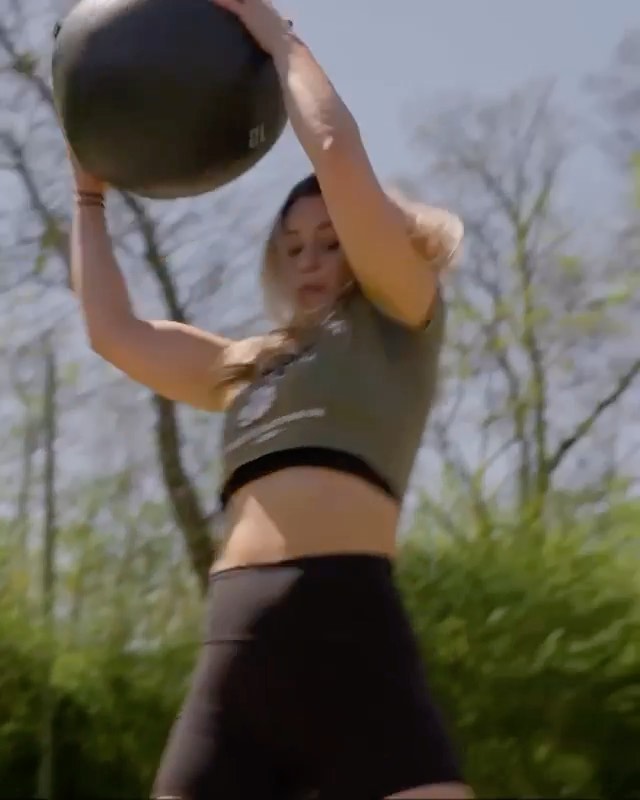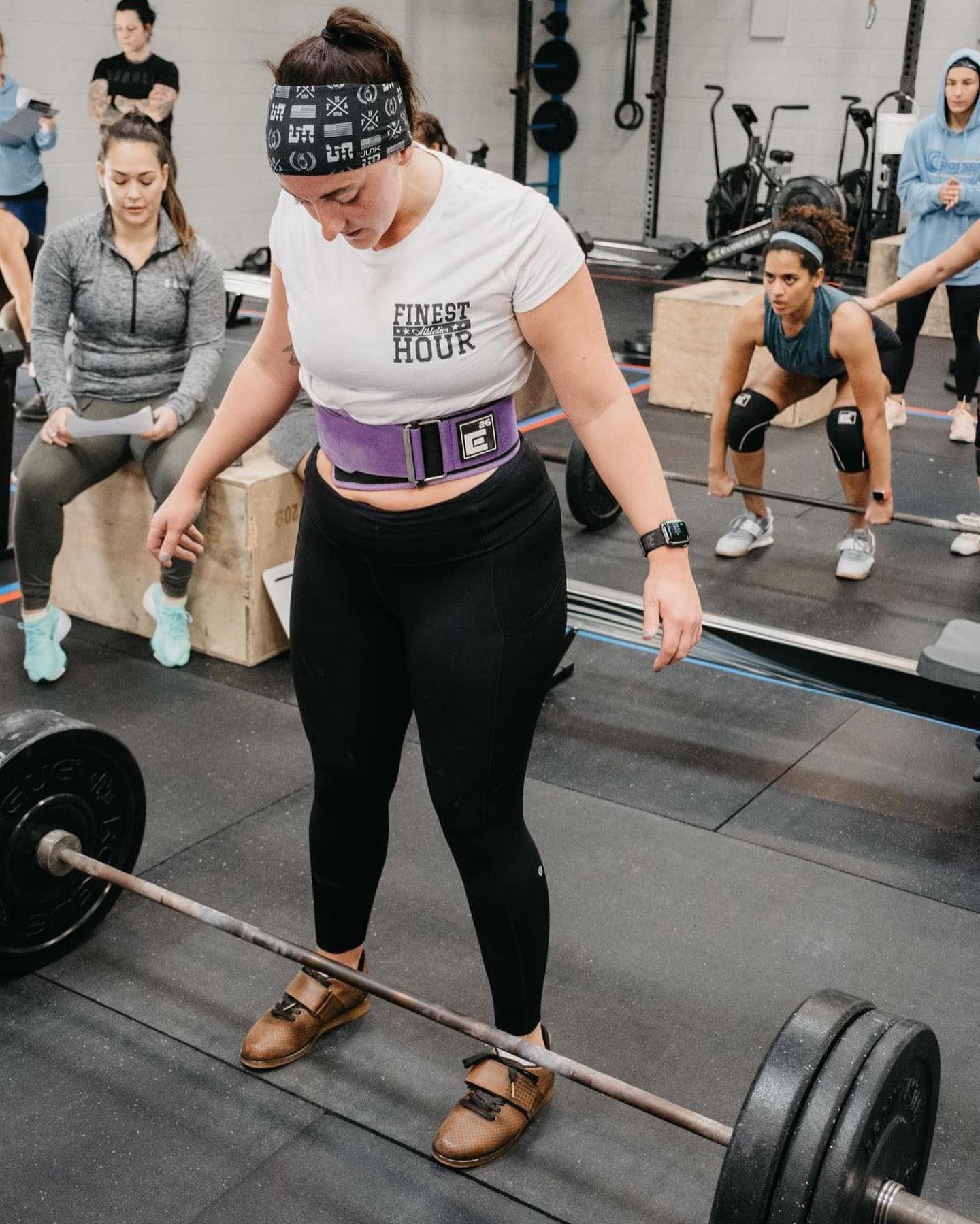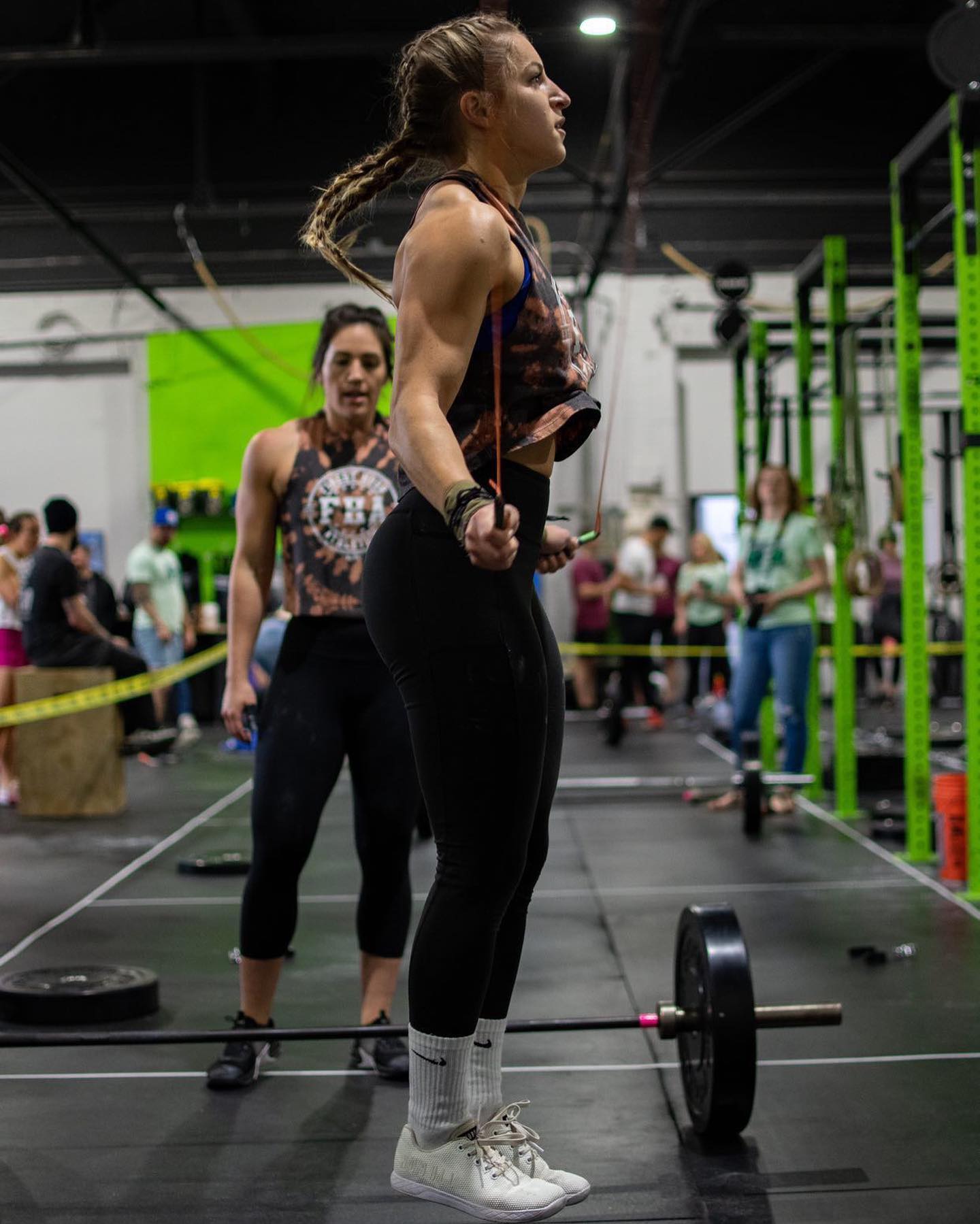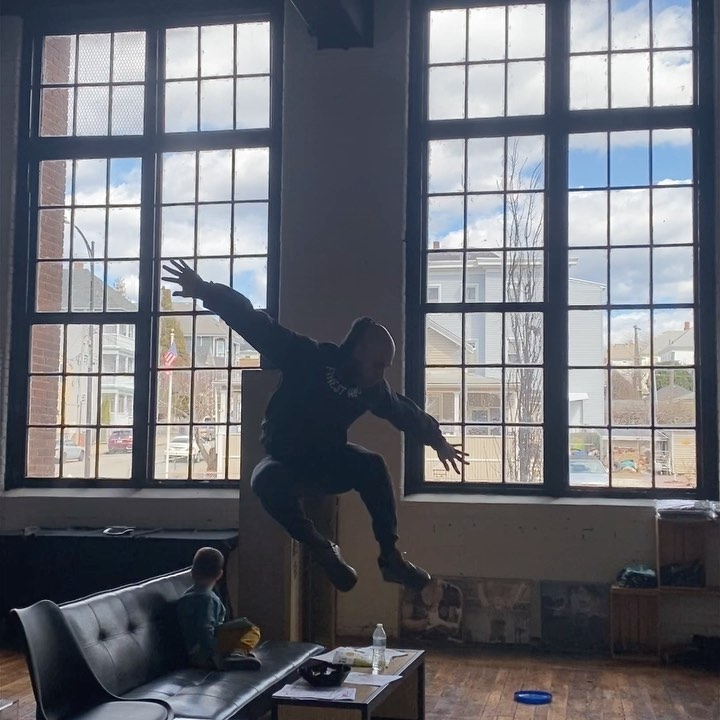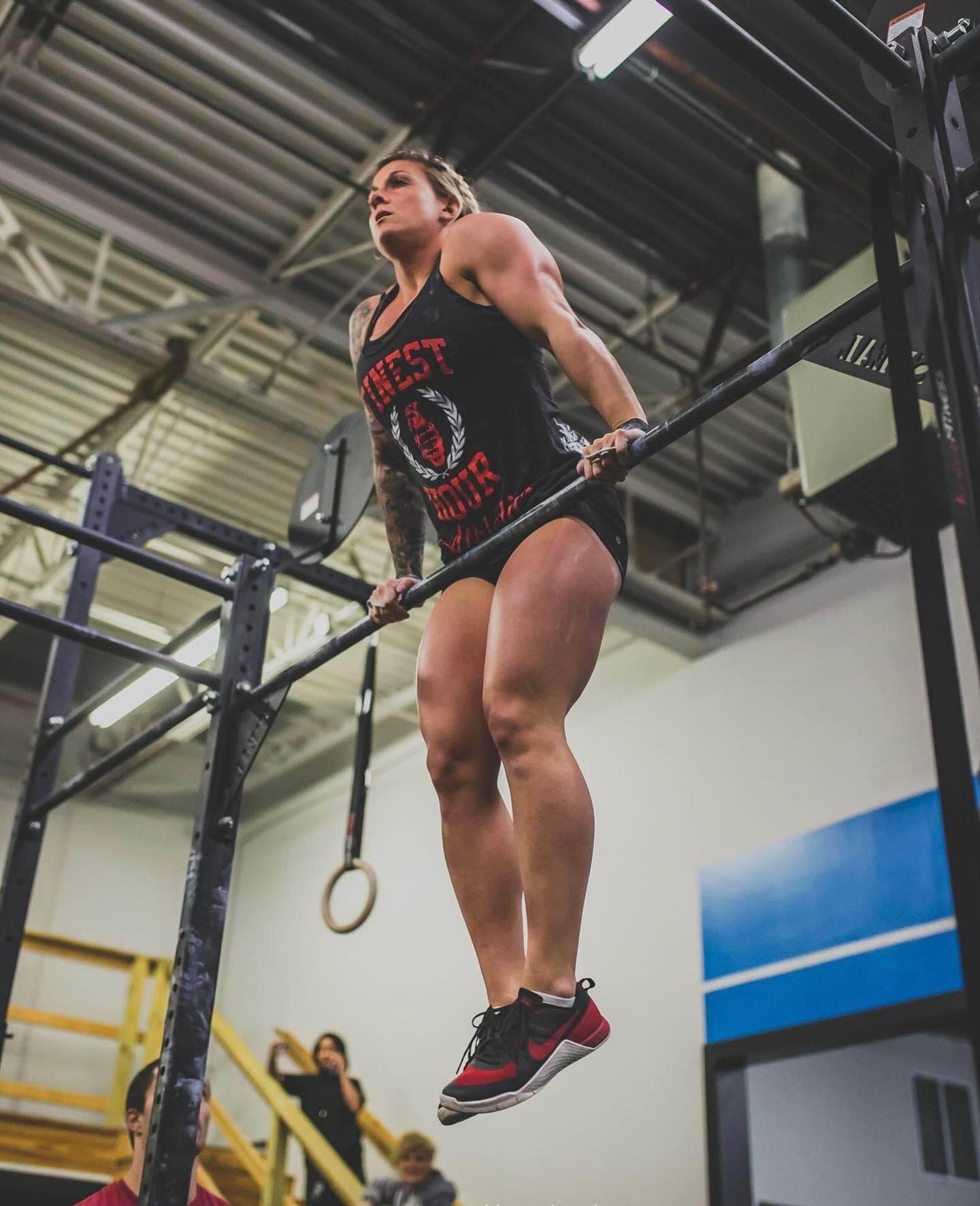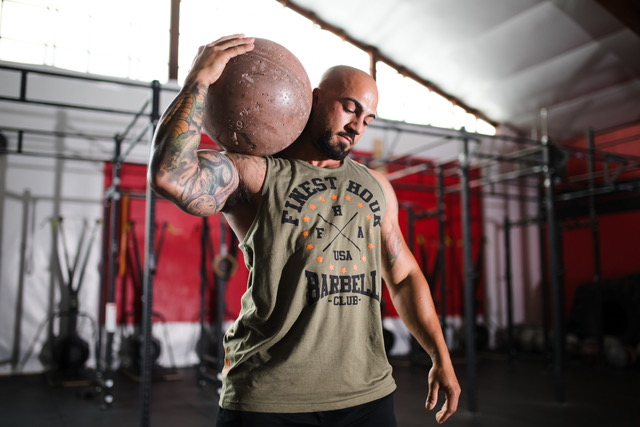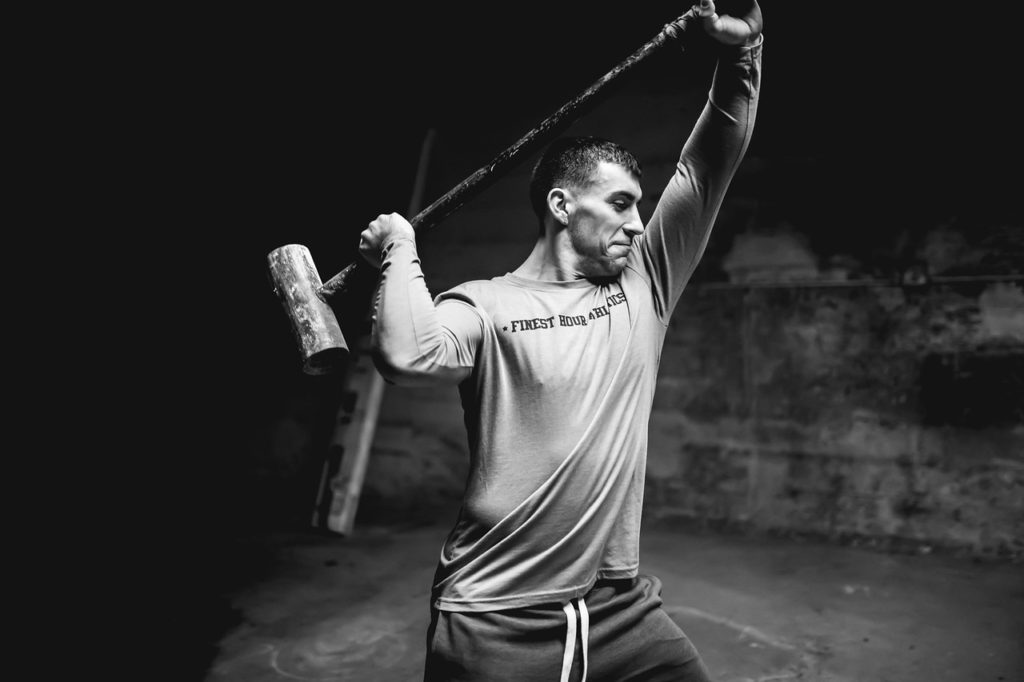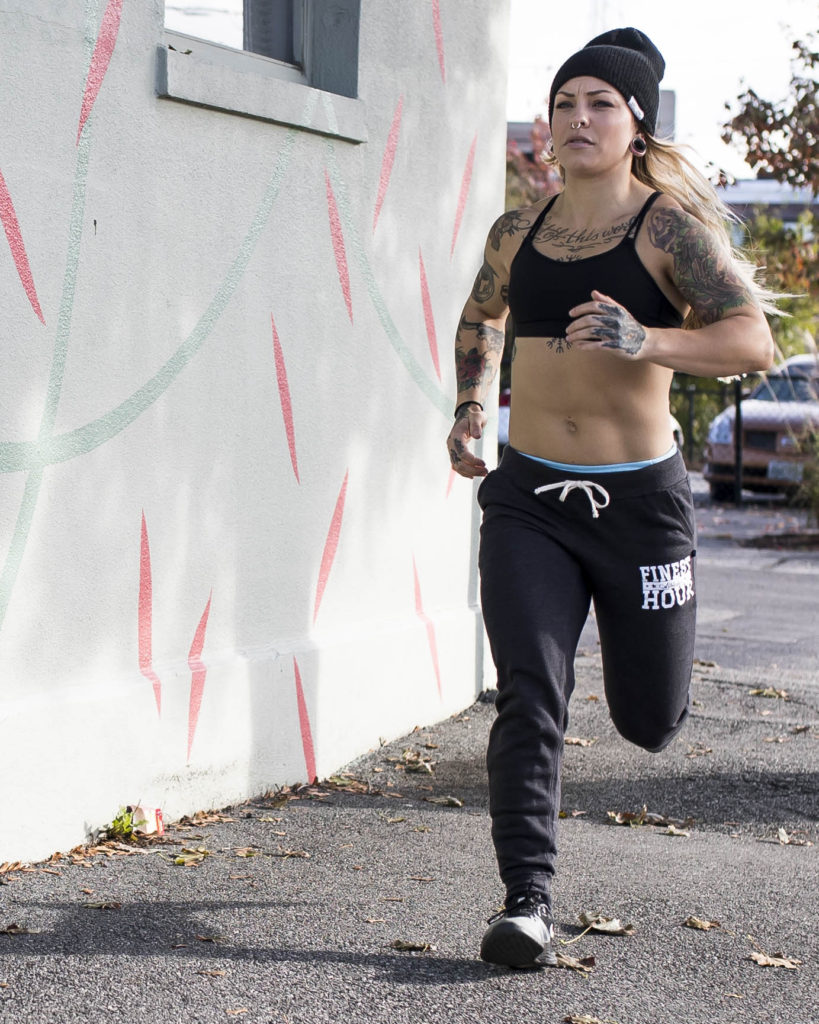Meathead Anthropology : Evolutionary Health and Exercise…
For the first 190,000 years of modern human existence we were hunter-gatherers, spending our days foraging for plants, digging for tubers, and hunting animals. Approximately 10-12,000 years ago some of the first homosapiens settled down into subsistence farming. While we no longer had to search for sustenance, producing food was still time and energy consuming. Somewhere in the mid 17th to late 19th century(still lots of debate) the Agricultural Revolution reduced the amount of manual labor needed to mass produce food. Crop rotation, tool technology, transportation infrastructure, selective breeding of animals and other improvements, made food more accessible and led to a population boom. Acceleration from the Industrial Revolution, more food, less physical work to produce said food, led to less agricultural jobs and more people working industrial/factory jobs. For the first time we were sitting and standing in one place for extended periods. Fast forward to now, our exponential technology growth has made physical activity almost entirely optional. Why lift weights or run when you can watch TV and eat a giant bowl of delicious, delicious ice cream? The rise in what evolutionary biologists have coined “mismatch diseases”, has been directly linked to human evolution not being adapted to sitting on our asses with abundant, inexpensive, energy(calories) at arm’s length. A life comprised of comfort and overconsumption can accelerate things that are considered a part of normal aging. Lack of physical activity exasperates senescence, sarcopenia, osteoporosis, heart disease, and many other ailments. It’s difficult to overstate the importance of regular exercise.
Senescence is essentially growing old. Cellular senescence is a process by which a cell ages and permanently stops dividing but does not die. Over time large numbers of old (or senescent) cells can build up in tissues throughout the body. These cells remain active and can release harmful substances that may cause inflammation and damage to nearby healthy cells. This may play a role in the development of cancer and other diseases. Senescence is associated with aging but it is also influenced strongly by environmental factors like diet, physical activity, and radiation. It can be slowed, sometimes prevented, and even partially reversed. It’s been shown numerous times that exercise has an anti-aging effect. The most common explanation is that exercise prevents or slows down the things that accelerate senescence. Many conditions occur with old age, but only some are actually caused BY old age. Sure, we all get old(if we’re lucky) but that doesn’t mean we have to fall apart. You don’t have to end up the prototypical sick, hobbling, elderly person.
Menopause, for example, is a normal consequence of aging, but type 2 diabetes occurs among older people because of the damage from obesity and inactivity that accumulate the longer you are overweight and sedentary. Not all of us will get high blood pressure or dementia even though many older people do. Physical activity obviously can’t prevent death, but it does trigger mechanisms that increase the chances of staying healthy. Decreasing senescence can possibly prevent many chronic illnesses that contribute to mortality over time. It’s not a guarantee but a decrease in risk. According to the CDC inadequate physical activity causes 300,000 deaths a year in the US alone, about 5.3 million world wide.
Short bouts of inflammation, like what happens after exercising, are good for us. Acute immune response causes adaptations that make us stronger and more resilient. Like building antibodies from a vaccine. Coincidentally, exercise helps you produce more antibodies post vaccination, even in the elderly who typically have higher infection rates and respond less to vaccines. Chronic inflammation is another story. Inflammation building up in cells and tissues in the brain, joints, arteries, and insulin receptors is destructive. While it’s hard to point out singular causes of chronic inflammation, there are a few suspects.
Accumulating too much body fat is one of them. Visceral fat in particular leads to chronic inflammation, insulin resistance, type 2 diabetes, and more. Regular exercise can help prevent chronic energy surpluses and ward off the accumulation of abdominal fat. Physical activity also lowers blood levels of sugar, fat, and LDL cholesterol. While improving cardiovascular health, muscle strength, metabolism, bone density, and lowering stress. In current events, approximately 78% of people hospitalized from Covid-19 were overweight. While there are metabolically healthy overweight individuals, being overweight for long periods of time increase your chances of these complications.
The repair process after working out lasts hours to days after the actual workout keeping your resting metabolic rate elevated for some time. Recovery time is heavily dependent on the type, duration, volume and intensity of exercise. The initial inflammatory response leads to an anti-inflammatory adaptation in that physically active people tend to have lower baseline levels of inflammation and higher levels of antioxidants decreasing overall levels of oxidative stress. Exercise also causes cells to clean out damaged proteins, lengthen telomeres, and repair DNA. This all could be considered a form of hormesis as It’s dose dependent. Regular, intense exercise has a more profound effect than occasional moderate exercise.
Coronary Heart Disease is the leading cause of death in the United States. The Harvard Alumni Study found that “Total physical activity and vigorous activities showed the strongest reductions in CHD risk…The association between physical activity and a reduced risk of CHD also extends to men with multiple coronary risk factors.” Even if you have multiple risk factors, consistent and vigorous physical activity reduces your risk of heart disease.
Aging also affects hormone levels and nerve properties that diminish strength. Staying physically active counters these declines. Sarcopenia, the loss of muscle from aging, can be prevented. There are many possible mechanisms leading to sarcopenia, including age-related declines in alpha-motor neurons, growth hormone production, sex steroid levels, and lack of physical activity. In addition, fat gain, increased production of catabolic cytokines, and inadequate intake of dietary energy and protein are also potentially important causes of sarcopenia. Thankfully, in advanced age, you can still build muscle. Exercise, and resistance training in particular, maintains and even reverses muscle atrophy in the elderly.
Osteoporosis is a complicated disease of disuse. Bone is dynamic tissue. We spend the first 20-30 years of life building up bone then gradually lose bone mass and density at a rate of up to 1% a year. You get osteoporosis only if you fail to build enough bone mass when you are young or lose too much as you age. Estrogen deficiency in post-menopausal women can cause larger bone loss than in men but men will still lose bone with inactivity. Weight bearing activities that load the skeleton cause cells to add more bone when we are young and prevent bone from being resorbed as we age. Strength training is the most likely way to prevent osteoporosis so get your squats in. There are obviously dietary factors. Vitamin D and Calcium deficiencies are the main culprits.
Exercise has even been shown to reduce cancer rates possibly by reducing the energy available for cancerous cells and by reducing inflammation through the pathways mentioned previously. Lowering the risk of up to 13 types of cancers. Some as high as a 20% lower risk!
Exercise has been shown to reduce symptoms and help prevent Alzheimer’s disease Including reducing the rate of cognitive and physical decline in Alzheimer’s patients after being diagnosed. From a “Frontiers in Neuroscience” review “Most prospective studies have proven that physical inactivity is one of the most common preventable risk factors for developing AD and that higher physical activity levels are associated with a reduced risk of AD development”. Both brain matter and cognitive decline are improved with physical activity.
While we can’t really call anything a panacea, exercise is pretty damn close. A 2018 cohort study with 479,856 participants (That’s right, almost half a million participants) found that those who did both strength training and aerobic exercise reduced their risk of all cause mortality by 40%. We did not evolve to do nothing. Metabolic disease is almost unheard of in hunter gatherer and subsistence farming communities. Less than 2% of the modern Hadza hunter gatherers can even be considered overweight. Type 2 diabetes is so rare among these populations that it is difficult to find reports of its existence. Heart disease and hypertension are also significantly lower while cardiorespiratory fitness is expectedly much higher. Of course our ancestors didn’t lift weights, but they did walk, run, climb, dig, and carry on a daily basis to survive. Like modern backcountry hunters, they had to break down and pack out heavy animals when they did kill one. The current existence of our species in industrialized nations is shockingly soft and easy compared to our not so distant hunter gatherer past. I’m all for not freezing to death or getting eaten by a tiger while you sleep but to have this knowledge and not take action is lunacy. Putting a little effort in and making time to exercise could potentially prevent an innumerable amount of illness and disease that shortens our lifespan. There’s obviously more to health than physical activity. Poor diet, smoking, and (the constantly underestimated) sleep quality, all increase our chances of premature death. There are no guarantees but if you do make it to old age, wouldn’t you like to have your mind and body mostly intact? Exercise might be the best way to get there.

Taylor Guillemette runs www.healthybodysickmind.com
Follow him at @healthybodysickmind_ on the Gram!
https://www.ncbi.nlm.nih.gov/pmc/articles/PMC4878429/
https://www.ahajournals.org/doi/full/10.1161/01.CIR.102.9.975
https://pubmed.ncbi.nlm.nih.gov/28473056/
https://www.cochranelibrary.com/cdsr/doi/10.1002/14651858.CD002759.pub2/full
https://pubmed.ncbi.nlm.nih.gov/33408144/
https://www.ncbi.nlm.nih.gov/pmc/articles/PMC5546536/
https://pubmed.ncbi.nlm.nih.gov/15149789/
https://www.ncbi.nlm.nih.gov/pmc/articles/PMC7113559/
https://onlinelibrary.wiley.com/doi/full/10.1111/obr.12785

